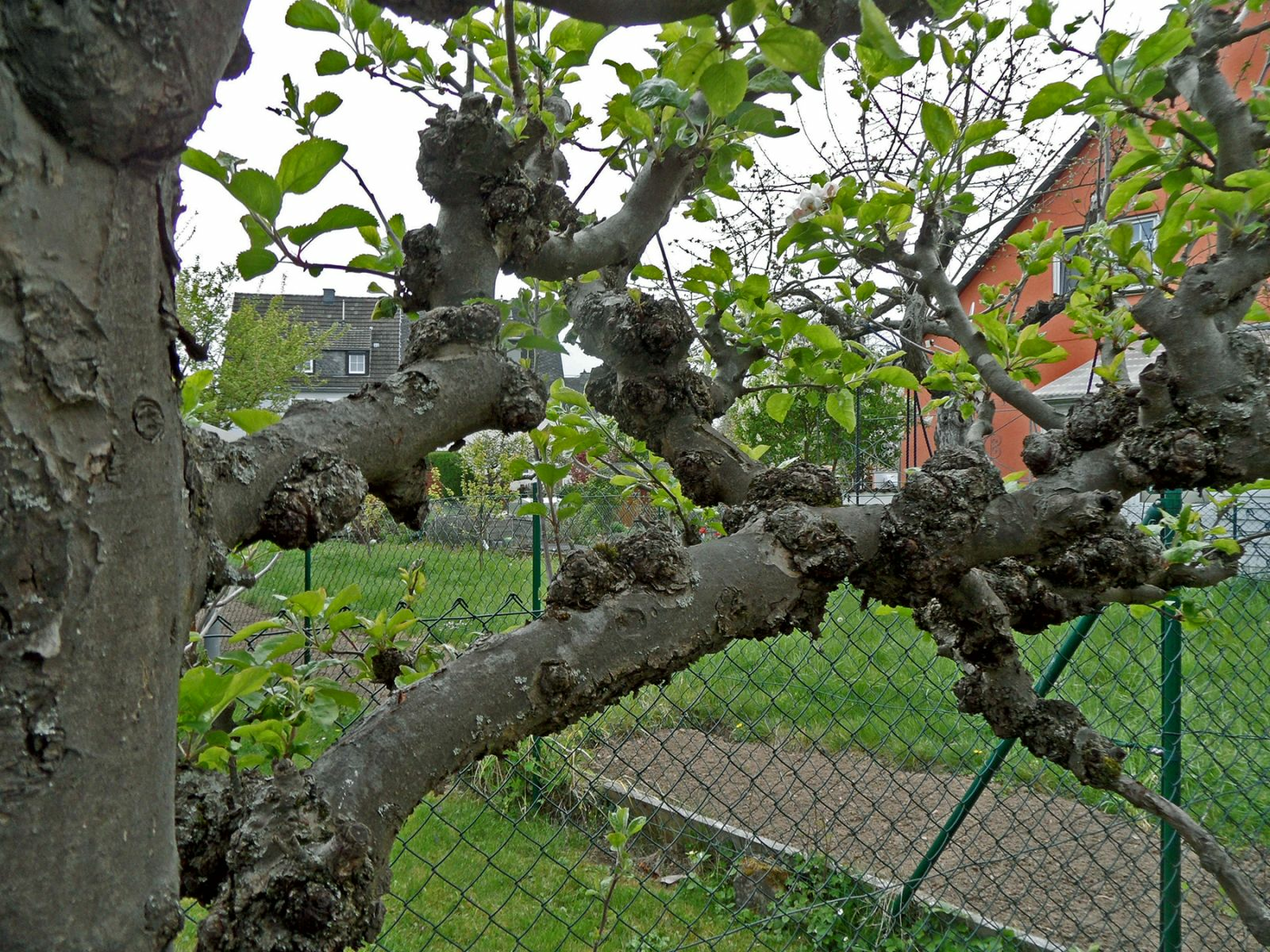Recognizing plant diseases
The most common shoot diseases
Dying or changing shoots can indicate a plant disease. Read more about the four most common shoot diseases in plants and their symptoms here.
Fire Blight (Erwinia amylovora)
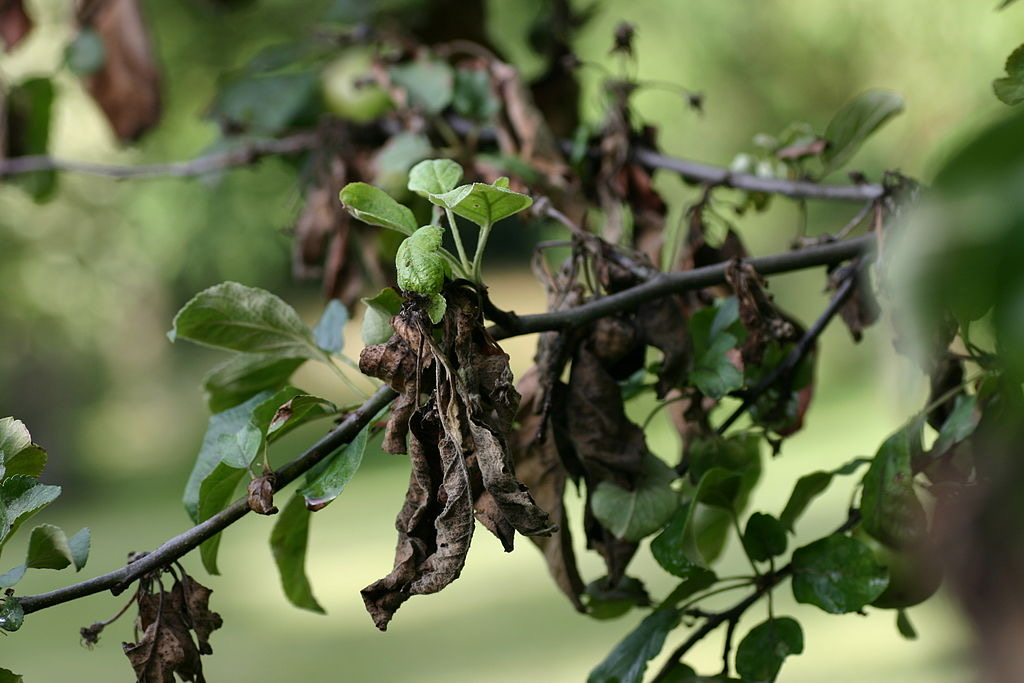
- Symptoms: Leaves and shoot tips turn brown to black; shoot tips die off; infected plant parts look as if they have been burnt
- susceptible plants: Woody plants, especially pome fruit such as apple, pear, quince, hawthorn, firethorn, rowan, serviceberry, rock pear
- fire blight must be reported! But beware, the disease can easily be confused with other diseases (e.g. monilia).
Monilia top drought
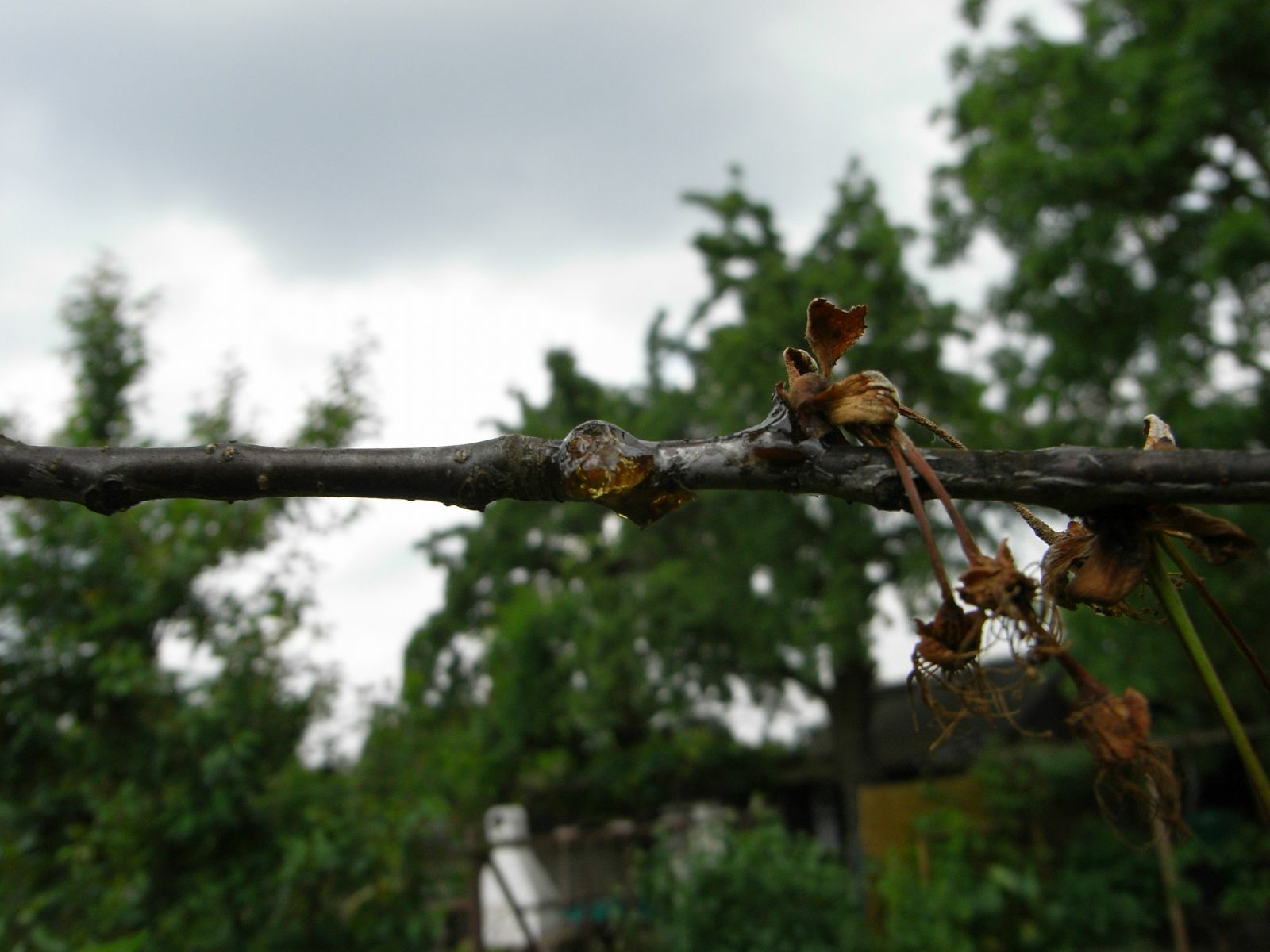
- Symptoms: Flowers turn brown during or shortly after flowering; shoot tips wither and dry out; dried plant parts remain on the tree until winter and are not shed; so-called gum flow often occurs at the transition from healthy to diseased wood
- susceptible plants: mainly stone and pome fruit such as sour cherries, apricots, peach, plum
Fruit tree canker (Neonectria ditissima)
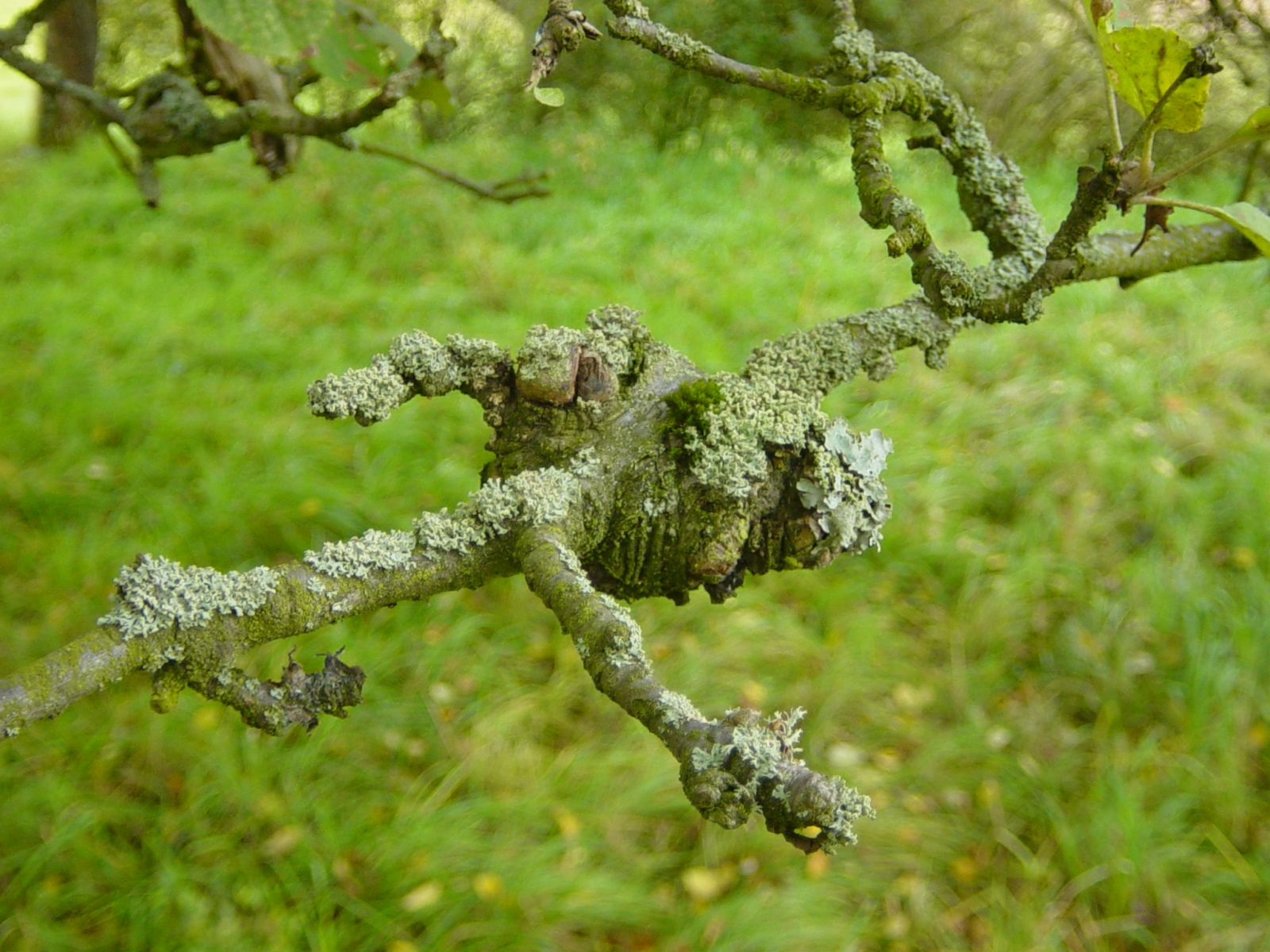
- Symptoms: small, sunken pale-brown spots on the bark; infection spreads rapidly; larger infection sites develop, which the tree closes like a bulge (formation of tumors)
- susceptible plants: mainly fruit trees such as apples, pears; deciduous trees such as alders, birches, hawthorns, beeches, ash trees, walnuts and poplars
Boxwood shoot dieback
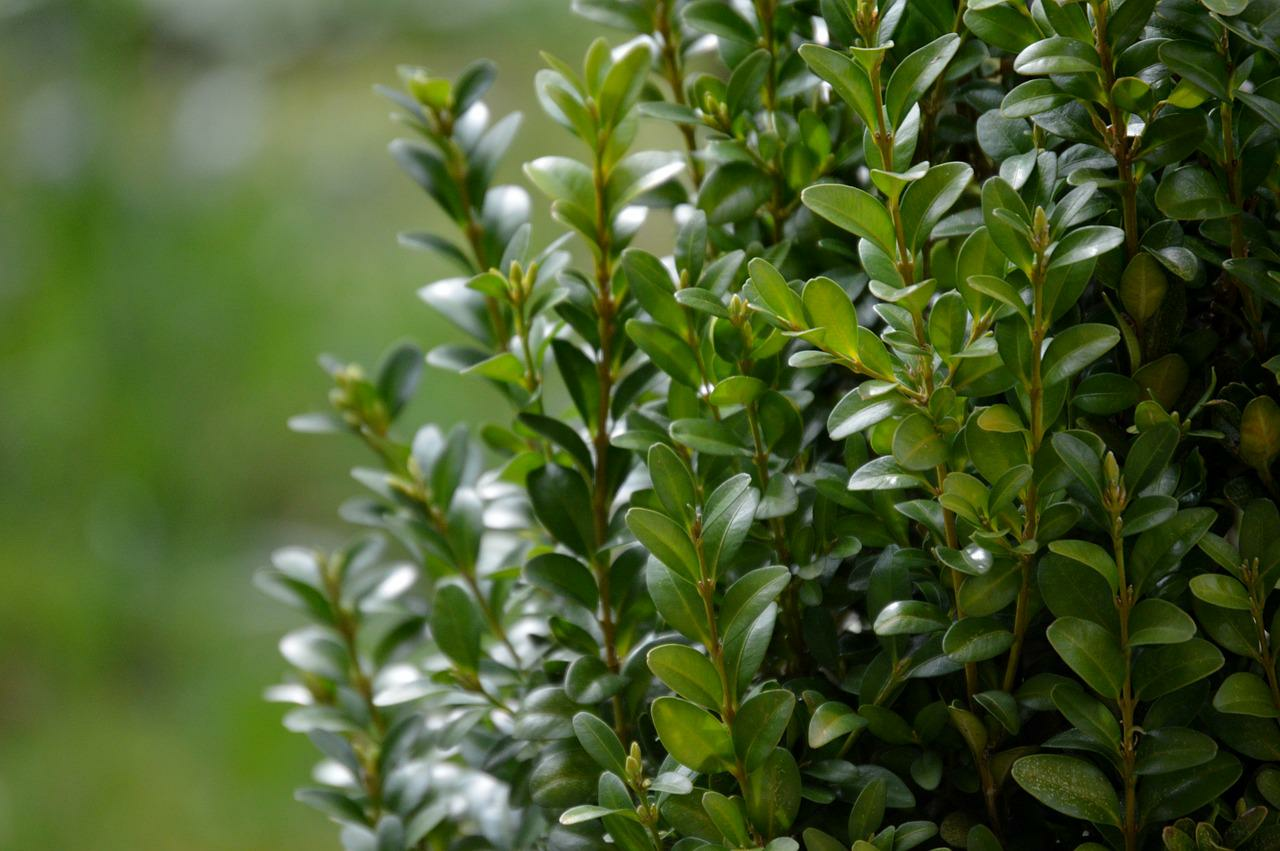
- Symptoms: black-brown longitudinal stripes on the shoots; orange to dark brown spots on the upper leaf surfaces; a white fungal carpet forms on the undersides of the leaves (use a magnifying glass!); later death of the shoots and leaf fall
- Susceptible plants: as the name suggests, especially box trees
